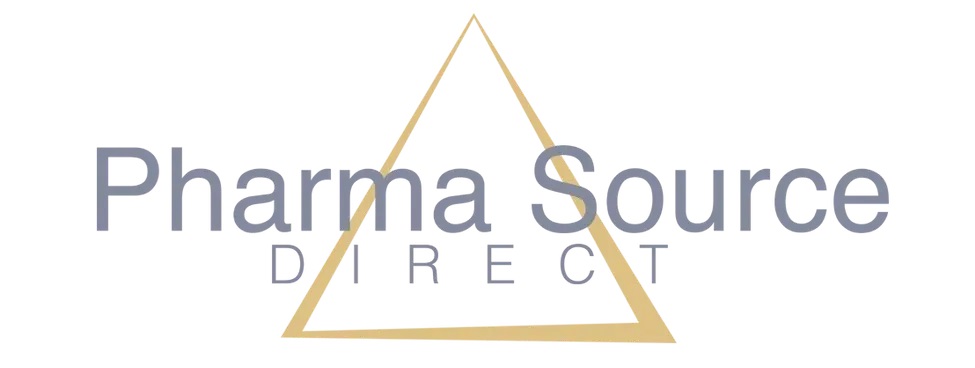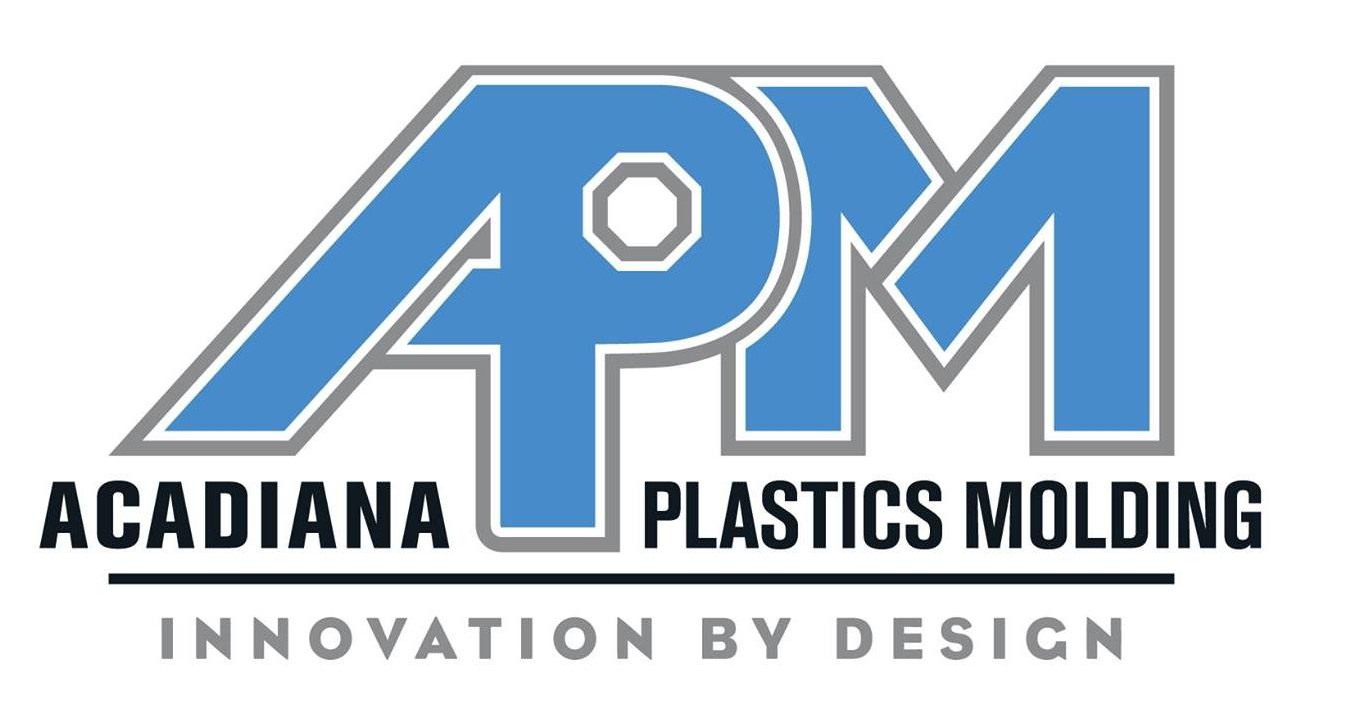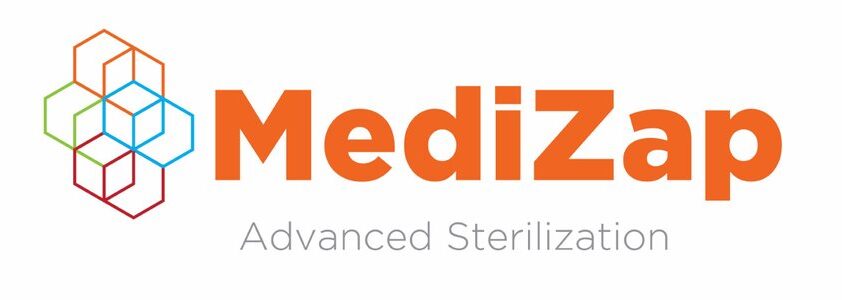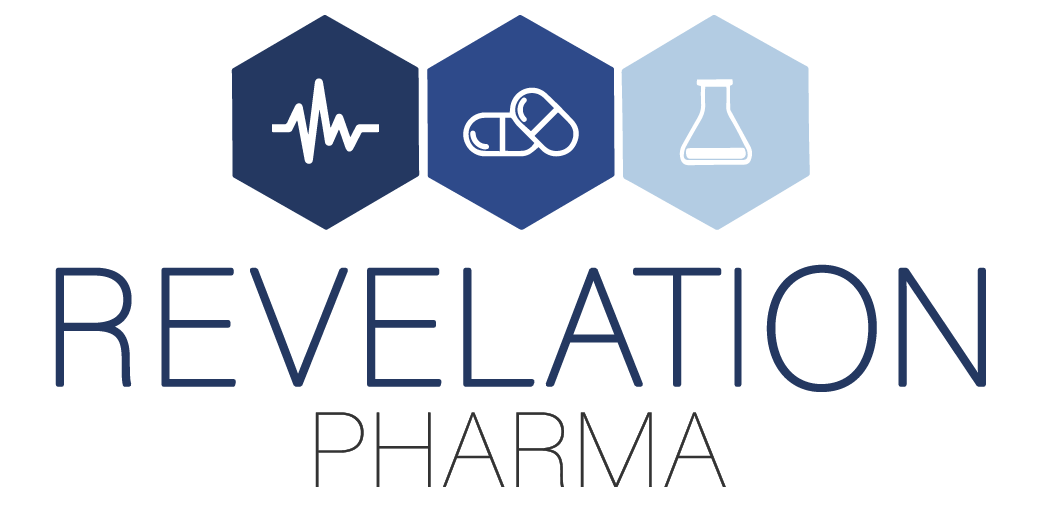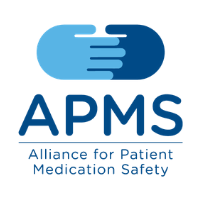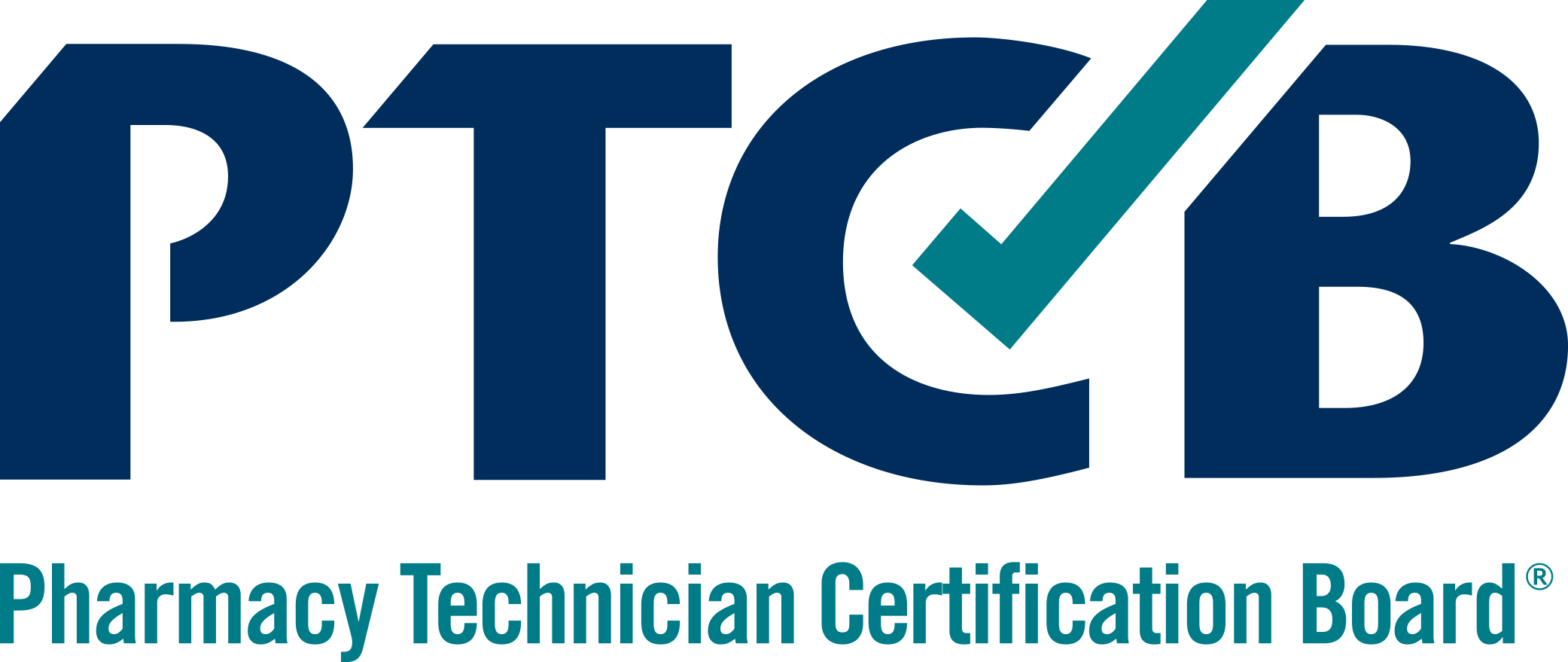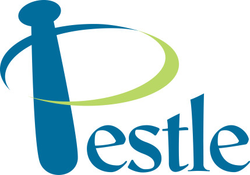resources
APC Best Practices on Compounding Ketamine
APC Statement on Constructive Transfer
APC News Release on Compounding Ketamine Best Practices
Background and context
In 2022 and 2023, the U.S. Food & Drug Administration issued two public warnings about compounded ketamine therapies, though the agency took no action (and has not taken any action since those statements) to restrict the practice of compounding ketamine.
The stated purpose of the FDA warnings was to express that the agency has concerns about compounded ketamine therapies. However, the statements also stated agency concerns about compounded medications in general. Nothing the agency stated is inaccurate: Indeed, compounded drugs are not FDA-approved, and they do not go through the same rigorous testing as a manufactured drug. And yet they are therapies that millions of patients rely on when FDA-approved drugs have been determined to be unsuitable for them by their prescriber. The agency statements did not recognize the necessary role compounding plays. Moreover, its statements seem to suggest that the lack of FDA approval means compounded drugs are inherently unsafe. That’s an illogical leap not supported by evidence.
In those warning statements, FDA noted that off-label prescribing of compounded ketamine products is proliferating. “Off-label” refers to the prescribing of a drug to a patient for treatment of a condition different from the condition for which the FDA approved its use. The FDA statements do not acknowledge that off-label prescribing is not novel – not for hundreds of FDA-approved drugs and not for compounded drugs. It is estimated that at least one-third of all prescriptions for FDA-approved drugs are for off-label use. And prescribing and dispensing of any compounded drug is always off-label. Why? Because compounded drugs have not gone through that FDA approval process. Therefore, there is no FDA-mandated, -approved label language associated with a compounded drug.
Off-label prescribing is not unusual, then. And as with the hundreds of other drugs prescribed off-label, substantial scientific evidence supports the use of ketamine (here and here, for instance) in treating certain conditions that fall outside its FDA-approved use as an anesthetic. The FDA statements do not acknowledge that fact.
In its February 2022 public statement, FDA indicated that the agency had received a “concerning number of case reports of adverse events” related to compounded ketamine over roughly a 10-year period, five of which it considered serious. Further investigation of those is needed, since FDA’s public warnings based on those events provided no guidance that might assist prescribers and pharmacists in preventing such events. Without details, it is difficult for prescribers and pharmacists to know how to respond to the agency’s concerns, much less to determine if adjustments are needed to certain therapies or the process of administering the therapies as a result of those five reports.
In addition, FDA’s February 2022 warning referenced a clinical study without proper context. The agency cited a study in rodents in which ketamine caused neurological damage. But the FDA statement failed to note that the administered dose to rodents in that study was 25mg/kg daily for 10 days. In human patients, this would be the equivalent of administering 2000mg+ per day via a nasal spray – a dosage not supported by established dosing limits based on literature and patient monitoring. (In the words of one compounding pharmacist: “A patient would have to put two teaspoonsful up their nose to get to 2000mg, which just isn’t possible.”)
In short, FDA’s statements about compounded ketamine haven’t been particularly helpful, and in fact – based on the widespread media coverage those statements generated – they may have generally served to inflame concerns about risks associated with compounded ketamine therapies. This is misleading.
And yet abundant scientific evidence, reported in numerous journal articles, demonstrates that ketamine can be an efficacious therapy for treatment of certain disorders in some patients.
Anecdotal evidence exists as well. While anecdote rightly falls outside of the evidence FDA considers in determining safety and efficacy of medications, the agency’s reliance almost exclusively on placebo-controlled double-blind, randomized clinical trials under-values one important way in which substantive advances in patient healthcare occur: incrementally, patient- by-patient. New therapies are not always conceived in the labs of research universities or drug manufacturers. With many patients for whom conventional FDA-approved therapies have not proven effective, progress comes via a remarkable collaboration between prescriber, patient, and pharmacist, who work together to identify potential therapies that may provide relief to the patient with minimal risk.
This is one way our understanding of efficacy of ketamine therapy for treatment of certain indications is advancing. Currently, available FDA-approved therapies are not always effective for all patients, and additional FDA-approved therapies may eventually be approved in part because of those prescriber-patient-pharmacist collaborations. In this way, compounding pharmacists are not only advancing patient care but are helping bring relief to patients who have had treatment failures with conventional therapies for such conditions as refractory depression, migraine, and pain.
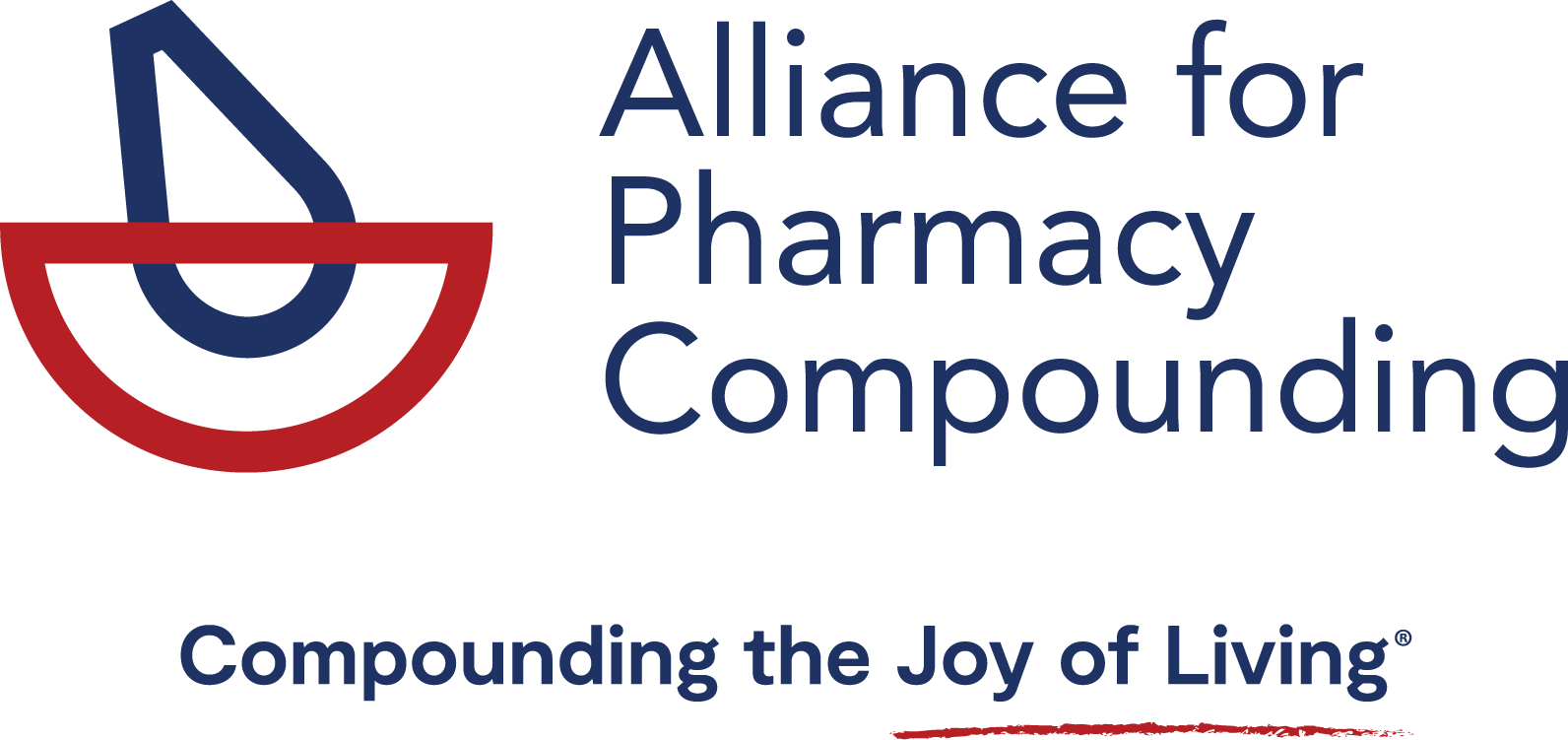
![Topi-CLICK a Division of TEAM Outlines[1]](https://a4pc.org/files/Topi-CLICK-a-Division-of-TEAM-Outlines1.png)

